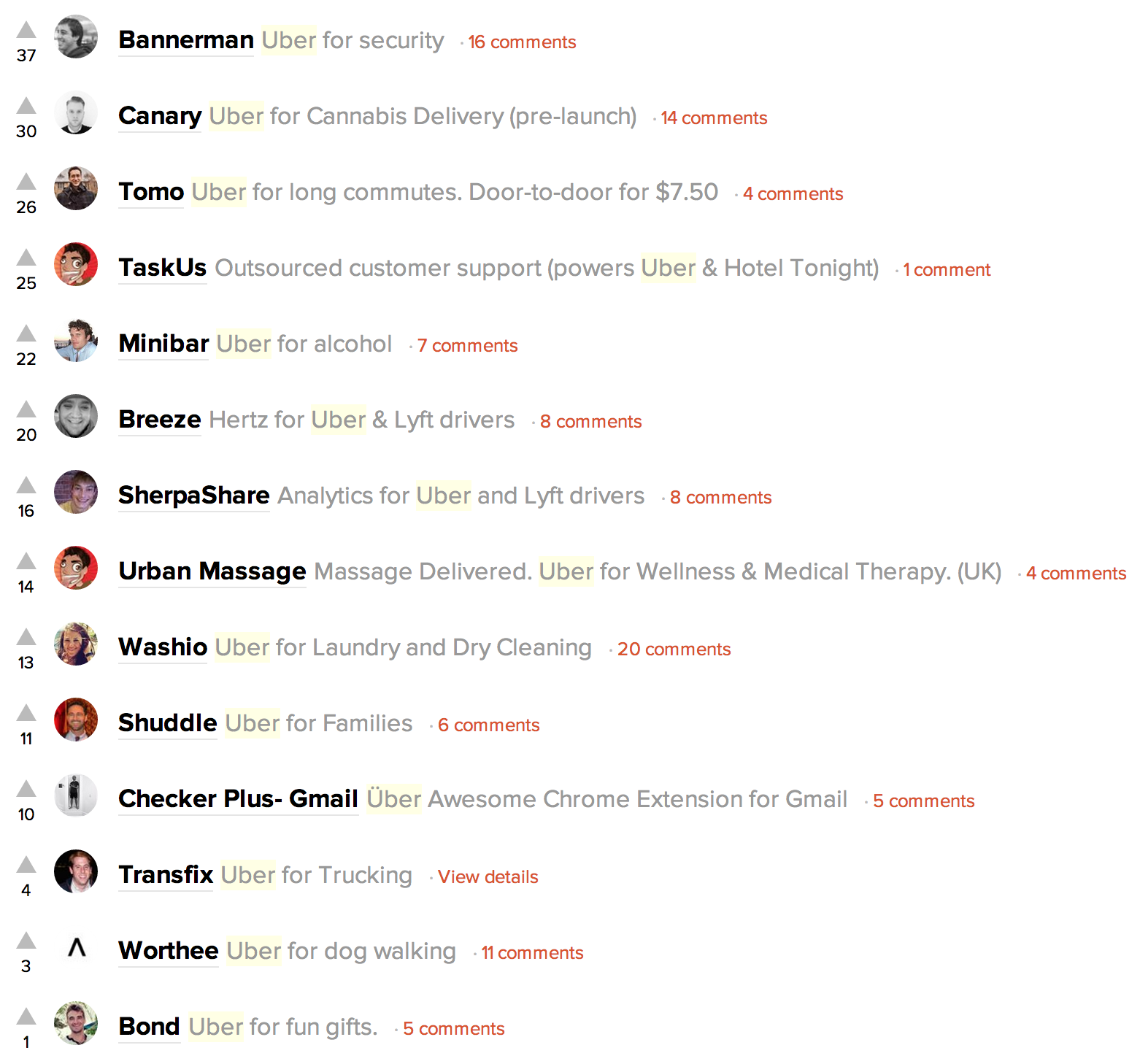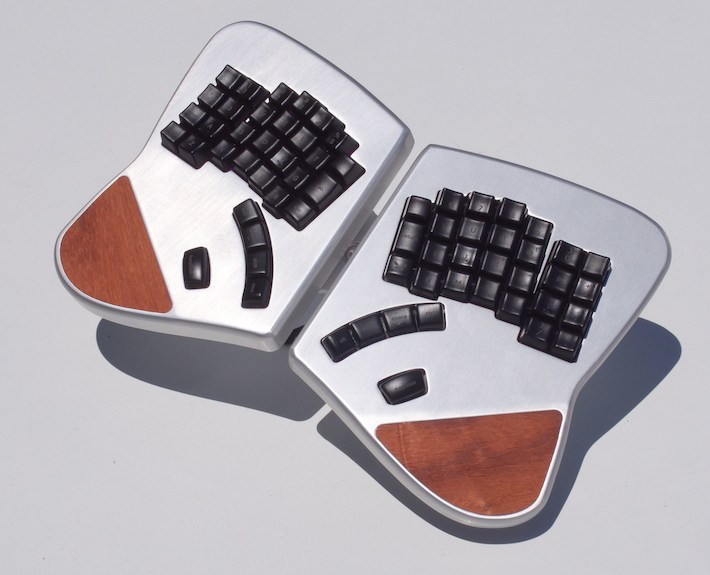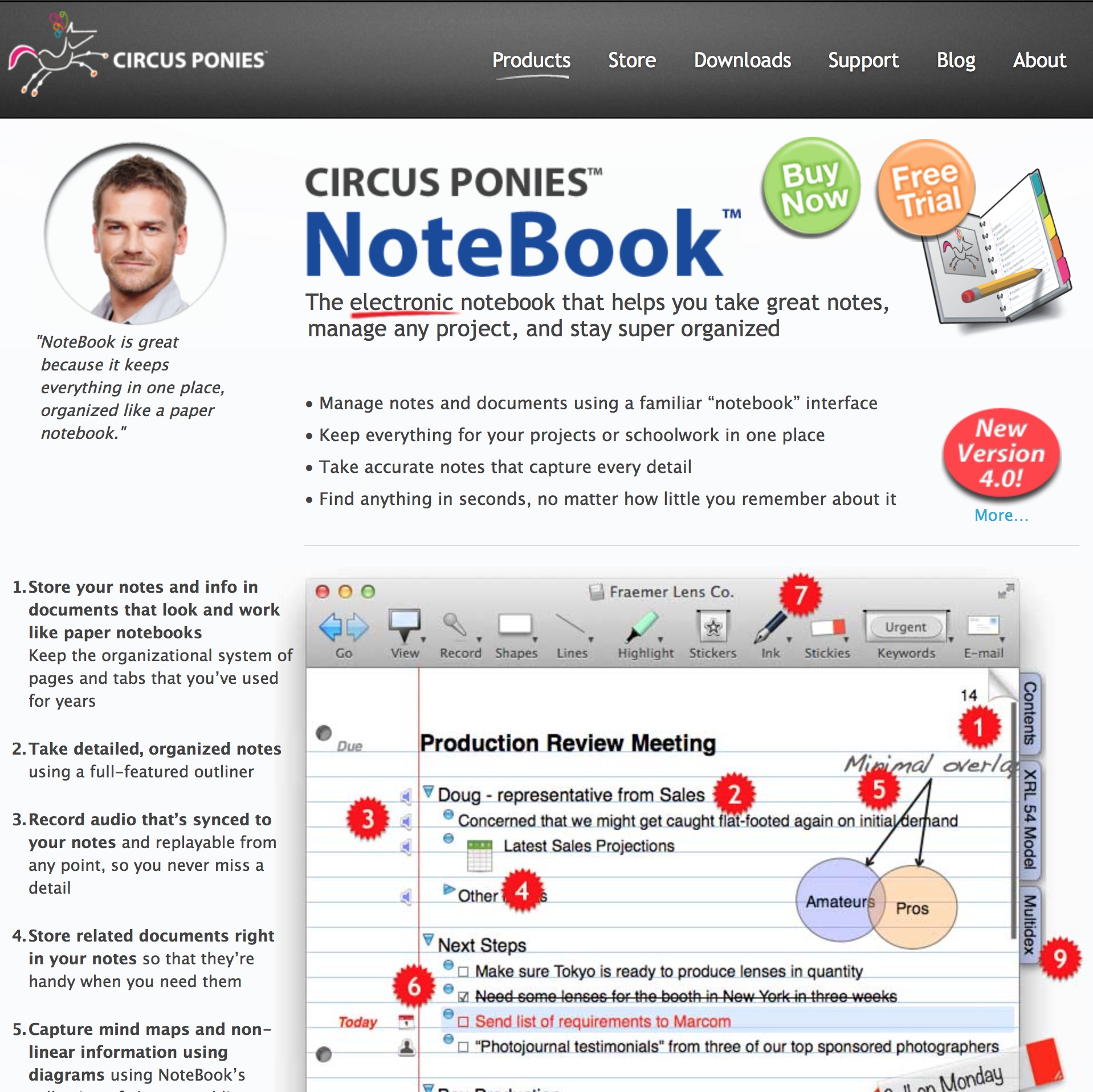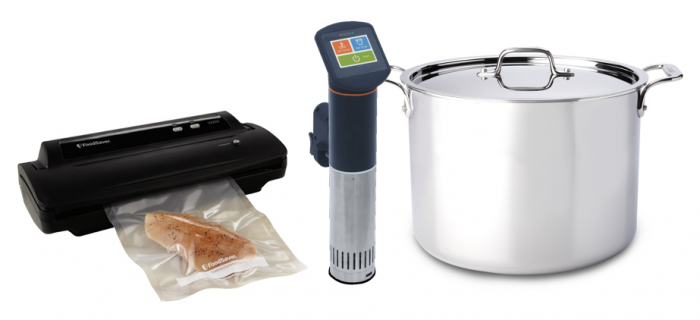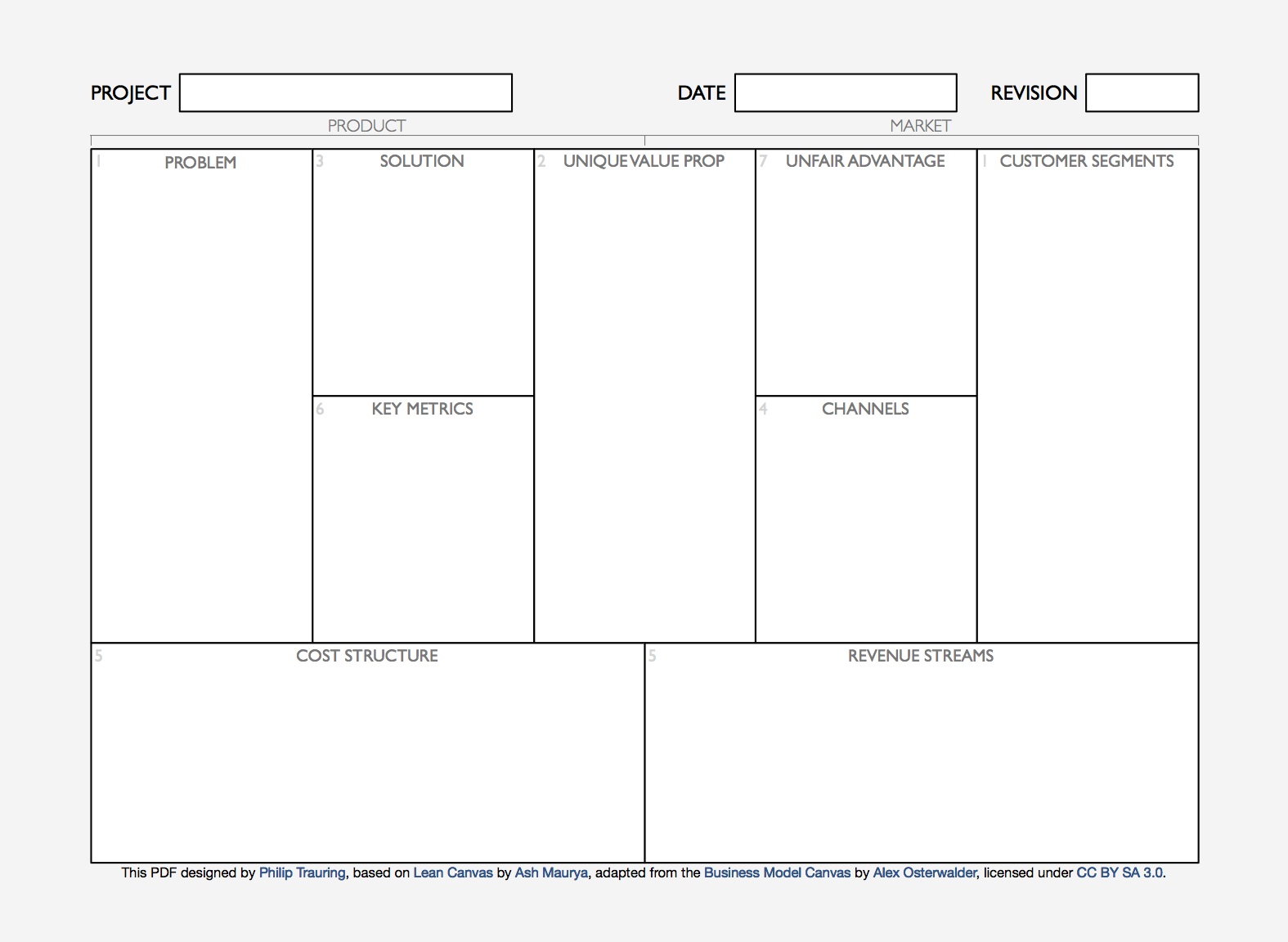Uber meets Pretty Woman
Robert Altman's The Player, a 1992 crime drama that at the same time skewers Hollywood as an industry (the main character is a Hollywood producer), famously opens with a long shot listening to several people talking, including screenwriters pitching their movie to the main character, played by Tim Robbins. After trying to describe their film, one pair of screenwriters finally summarize it as "Out of Africa meets Pretty Woman". This type of summary, called a high-concept pitch, is a short easily-understood summary, usually based on a comparison to something well-known. Some people credit Barry Diller (later CEO of Paramount, Fox, and IAC/InterActiveCorp) and Michael Eisner (later CEO of Disney) with coming up with the high-concept pitch, when they both worked at ABC in the 1960s, and needed a way to draw attention to their programs from the brief descriptions allowed in TV Guide. This carries over not only to the description of movie or TV show, but the very concept – i.e. that the movie or show's concept be simple and easy to summarize quickly. The high-concept pitch is the sound-bite of the entertainment world. Ash Maurya in his Running Lean book, suggests using the high-concept pitch to distill one's company down to a…
The rise of hardware startups – thank you crowdfunding
I've worked in both hardware and software companies over the years, and both are interesting and challenging, but there there is something special about making something you can hold in your hand, and that people will see on store shelves (even if virtual). One of the amazing things that crowdfunding sites have enabled is hardware products to come out faster and from smaller companies than was possible in the past. I should add that almost all great hardware companies have great software behind them. Certainly with any electronic product, there is software controlling it. Sure, not all hardware needs software – my friend's Grape Ninja product which became the OXO Tomato & Grape Cutter – doesn't need software to operate. It did benefit from crowdfunding as part its marketing campaign, however, before moving to OXO. I've touched on this, particularly in Crowdfunding hardware and Sous Vide cooking, and earlier in discussing A few interesting keyboards, nearly in existence…, and I think this trend towards individuals and small teams coming out with more innovative hardware faster is only going to accelerate as more and more successful products come to market. In A few interesting keyboards, nearly in existence… I mentioned Keyboardio, a company started by an…
UX Note: How not to upgrade software
Update 6 Jan 2016: A year and a half after this post was written, Daring Fireball is reporting that Circus Ponies, the company discussed in this post, is out of business. Not surprisingly, considering the odd customer service described below, customers were not a consideration in the closing of the company. The company simply disappeared, and posted a message that sending them an e-mail might get a response, but they wouldn't guarantee it. Oddly they linked to a second web site with the same message in some kind of parody of Alphabet (old Google). I think creating a parody instead of some kind of customer-focused site on how to transition away from Notebook was not the best use of their time. Oh well. I used to use a program called simply NoteBook on a fairly regular basis. It's developed by a company called Circus Ponies Software. Its origin dates back before Mac OS X, to an application that ran on NeXTSTEP (the operating system that would go with Steve Jobs to Apple and become Mac OS X). In the early days of Mac OS X, NoteBook was extremely advanced and fairly unique. Over time other applications aped its user interface, and other organizational applications using different paradigms…
Crowdfunding hardware and Sous Vide cooking
This is not a post about cooking. This is a post about crowdfunding and how it is changing how many products are coming to the market. I touched on this briefly in my post on forthcoming keyboard designs, but Sous Vide as a category gives a clearer view of what is going on in crowdfunding of new hardware. Let's get the cooking stuff out of the way. Sous Vide (French for 'under vacuum') is an interesting intersection of technology and cooking. The basic concept is to create a water bath where the water is circulated and heated to a very precise temperature (to a tenth of a degree). Food items are vaccum-sealed in plastic bags and inserted into the water bath. Using lower than normal cooking temperatures, the foods are cooked through and can be accurately cooked to very specific degrees for different types of foods. In use since the 1970s in restaurants where the equipment costs thousands of dollars, the first widely available 'consumer' unit, the Sous Vide Supreme, came out in late 2009 and cost about $400. In the years since then a number of companies have come out with competing devices, both of the self-contained variety like…
A Lean Canvas you can edit
One of the simplest (and simplicity is key) ways to outline a business model is using Ash Maurya's Lean Canvas. The Lean Canvas is a tool described in detail in Ash's book Running Lean, as well as in videos and articles online. There are many ways to create a Lean Canvas, from using leancanvas.com, to an iPad app, to just drawing it yourself on a whiteboard or a piece of paper. Wanting to make several Lean Canvases for my article I decided first to make it easy for me to throw together a Lean Canvas using just a PDF editor (like Preview on the Mac, or Adobe Reader on Mac, Windows or Linux). One unfortunate side-effect of Lean Canvas being derived from the earlier Business Model Canvas, is that the order Ash suggests in filling it out is not in any order that makes sense from the layout. For people new to creating a Lean Canvas, this can be confusing, and it can be hard to remember which box to fill in at any given time. What I've done is simply create a PDF version of the Lean Canvas, where each box is labelled with the name as well as the…
